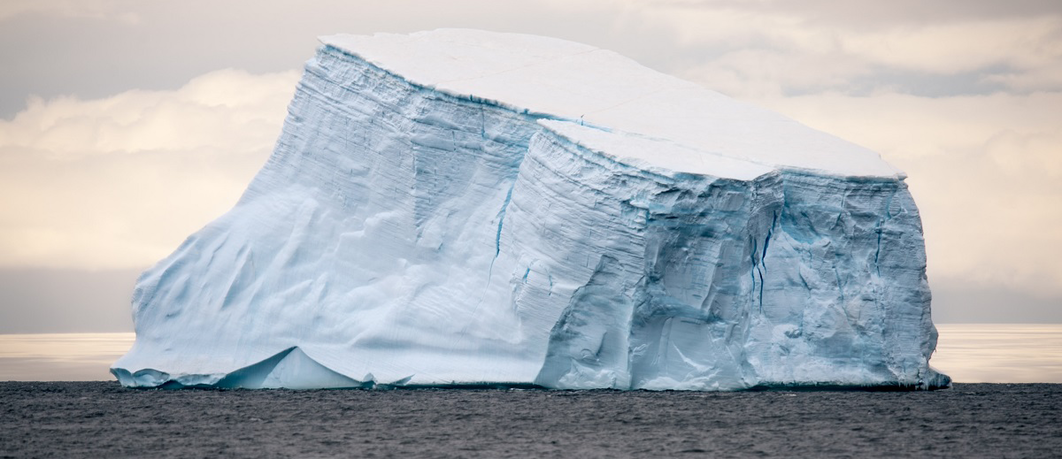
Andrew Hallam
10.03.2021
When Stocks Crash How Far Are You Going To Sink?
_
The Collecionistas live in a galaxy far, far away. In many ways, they’re much like humans. They walk around on two feet. Each day, they venture onto frozen lakes where delicious hand-sized animals lay on the ice. Their planet has two seasons, but the climate is wildly unpredictable. That’s why, when the Collecionistas gather food on frozen lakes, they wear bulky life preservers and tether themselves to ropes that they tie to solid trees.
They take such precautions because temperatures can soar fast. When they do, every Collecionista crashes through the ice. Panic ensues. But thanks to their life preservers and tethers, most of them survive.
However, sometimes winter lasts longer than expected. Several souls figure they no longer need ropes. This improves their collection speed and their daily haul. Encouraged by their success, many ditch their life preservers, too. This makes them far more efficient when nabbing tasty treats.
But danger lurks. Before long, plenty of otherwise careful Collecionistas adopt similar sketchy methods. At first, they stay near the shore, spending just a few minutes “going naked” each day. But they’re encouraged by their own success and the big hauls they see from others. They begin to worship influencers who claim to know where the ice is thickest. Others, who fear they’re missing out, join them naked on the ice.
Grizzled veterans, however, shake their heads in fear. This madness only happens when the winter lasts longest.
Then the ice breaks.
It always breaks.
On Earth, the stock market is like that frozen lake. When stocks soar–as they have done for ten of the past eleven years– investors build sky-high expectations. That compounds when they see high-flying easy winners. The ice is getting thinnest when we hear more and more people say:
“Diversification is for suckers.”
“I don’t need bonds.”
“I found a guru who says I won’t get wiped out.”
And then the ice breaks.
It always breaks.
Unfortunately, when stocks crash everyone cascades into frigid water. Diversification won’t save you from crashing through the ice. But it’s a tether and life preserver.
Of course, nobody sees crashes coming. The exact day and magnitude surprises everyone. But the ice is always thinnest when the most people traipse naked. And alarming numbers of people are naked now.
When we next tumble into the frozen lake, those who aren’t diversified (especially those chasing hot trends) might never claw back out. Bitcoin could drop to zero. Cathie Wood’s ARK funds could lose 90 percent or more. Anyone losing 90 percent would need to gain 900 percent just to break even after the crash. Those who say, “A 90 percent drop could never happen,” have thin imaginations.
To give yourself the highest odds of success, build a diversified portfolio of low-cost index funds or ETFs. Include a bond allocation that matches your tolerance for risk. That last part might be toughest, especially for young investors. If you have an iron stomach, and you think you can tolerate a crash with 100 percent stocks, chose a portfolio with 80 percent stocks and 20 percent bonds. If you think you can tolerate 70 percent stocks and 30 percent bonds, select a portfolio with 60 percent stocks and 40 percent bonds.
If you didn’t see your hard-earned money swirling in a toilet during the 2008/2009 Economic Crisis, you won’t know how you’ll respond to a frozen dunk. That’s why diversification, like life preservers and tethers, can protect us from ourselves.
Andrew Hallam is a Digital Nomad. He’s the author of the bestseller, Millionaire Teacher and Millionaire Expat: How To Build Wealth Living Overseas
Swissquote Bank Europe S.A. accepts no responsibility for the content of this report and makes no warranty as to its accuracy of completeness. This report is not intended to be financial advice, or a recommendation for any investment or investment strategy. The information is prepared for general information only, and as such, the specific needs, investment objectives or financial situation of any particular user have not been taken into consideration. Opinions expressed are those of the author, not Swissquote Bank Europe and Swissquote Bank Europe accepts no liability for any loss caused by the use of this information. This report contains information produced by a third party that has been remunerated by Swissquote Bank Europe.
Please note the value of investments can go down as well as up, and you may not get back all the money that you invest. Past performance is no guarantee of future results.
